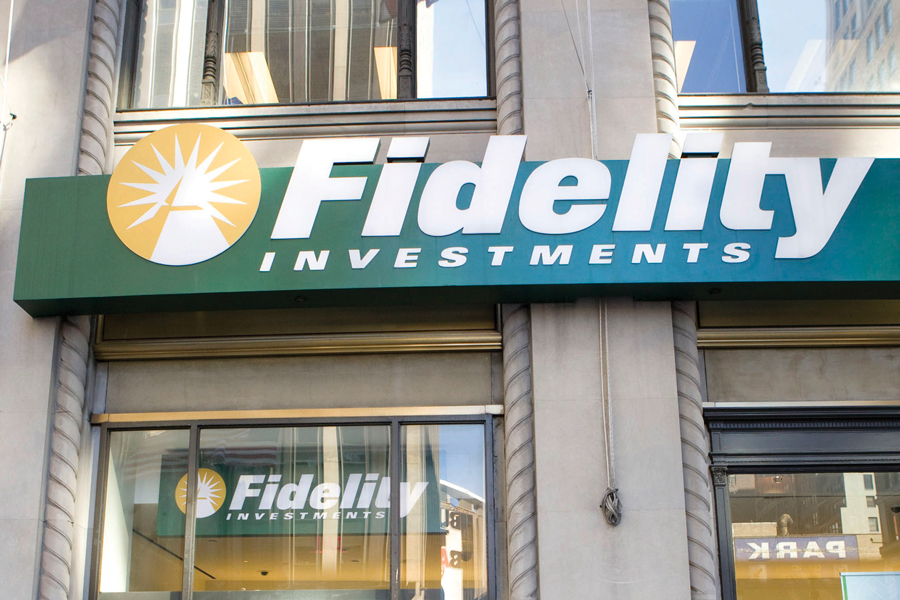

As the financial markets brace for uncertainty related to inflation, a recession and the near-term impact of a nasty debt-ceiling fracas in Washington, Fidelity Investments is preparing for increased interest in alternative investments.
Fidelity Institutional’s alternative investments platform, launched in 2013 for intermediary clients, has grown to more than $50 billion in assets under administration. The platform provides research, education and third-party due diligence, as well as access to a wide range of alternative investment products, including liquid alternatives, real estate investment trusts, private credit funds, private equity funds and mutual funds.
Last week, Fidelity announced significant enhancements to client experience to help benefit advisors who invest in alts sponsored by both Fidelity and third-party asset managers.
As part of an effort to improve the end-to-end process for advisors transacting in alternative investments that are custodied through Fidelity, the company deepened its integrations with CAIS and iCapital, platforms that are dedicated to access, education and execution of alts, to create a streamlined process which automates delivery of subscription documents and trade data via an API integration.
According to the announcement, the integration builds upon Fidelity’s order entry tool, which provides advisors with a digital solution to deliver trades and offers real-time transparency on the transaction status through Wealthscape.
“With more than 5,000 alternative investments available on our platform, we continue to see financial advisors significantly increase their adoption of alts,” Mike Diamond, product leader on the platform, said in a statement.
“Total assets have increased 70% since 2020, alongside a record-breaking year in 2022 for purchases and trade activity,” Diamond said. “To support this growth, we continue to listen to the needs of our clients and seek to enhance the user experience on our alts platform.”
The enhanced capital call processing functionality has significantly reduced error rates and provides more options for advisors to automate funding of capital calls, the company reports. These enhancements are designed to help reduce many of the challenges advisors have historically experienced when transacting in alts and enable clients to achieve greater scale as they increase allocations to alts.
Recently, Fidelity launched the Multi Strategy Credit Fund and its first business development company, Fidelity Private Credit Fund, which is available tor individual investors and financial advisors and intermediaries in most states at fidcredit.com. In the last year, Fidelity also launched three liquid alts mutual funds, Fidelity Hedged Equity Fund (FEQHX), Fidelity Macro Opportunities Fund (FAQAX) and Fidelity Risk Parity Fund (FAPSX).

The leadership changes coming in June, which also include wealth management and digital unit heads, come as the firm pushes to offer more comprehensive services.

Strategist sees relatively little risk of the university losing its tax-exempt status, which could pose opportunity for investors with a "longer time horizon."

As the next generation of investors take their turn, advisors have to strike a fine balance between embracing new technology and building human connections.

IFG works with 550 producing advisors and generates about $325 million in annual revenue, said Dave Fischer, the company's co-founder and chief marketing officer.

Five new RIAs are joining the industry coalition promoting firm-level impact across workforce, client, community and environmental goals.
RIAs face rising regulatory pressure in 2025. Forward-looking firms are responding with embedded technology, not more paperwork.
As inheritances are set to reshape client portfolios and next-gen heirs demand digital-first experiences, firms are retooling their wealth tech stacks and succession models in real time.
